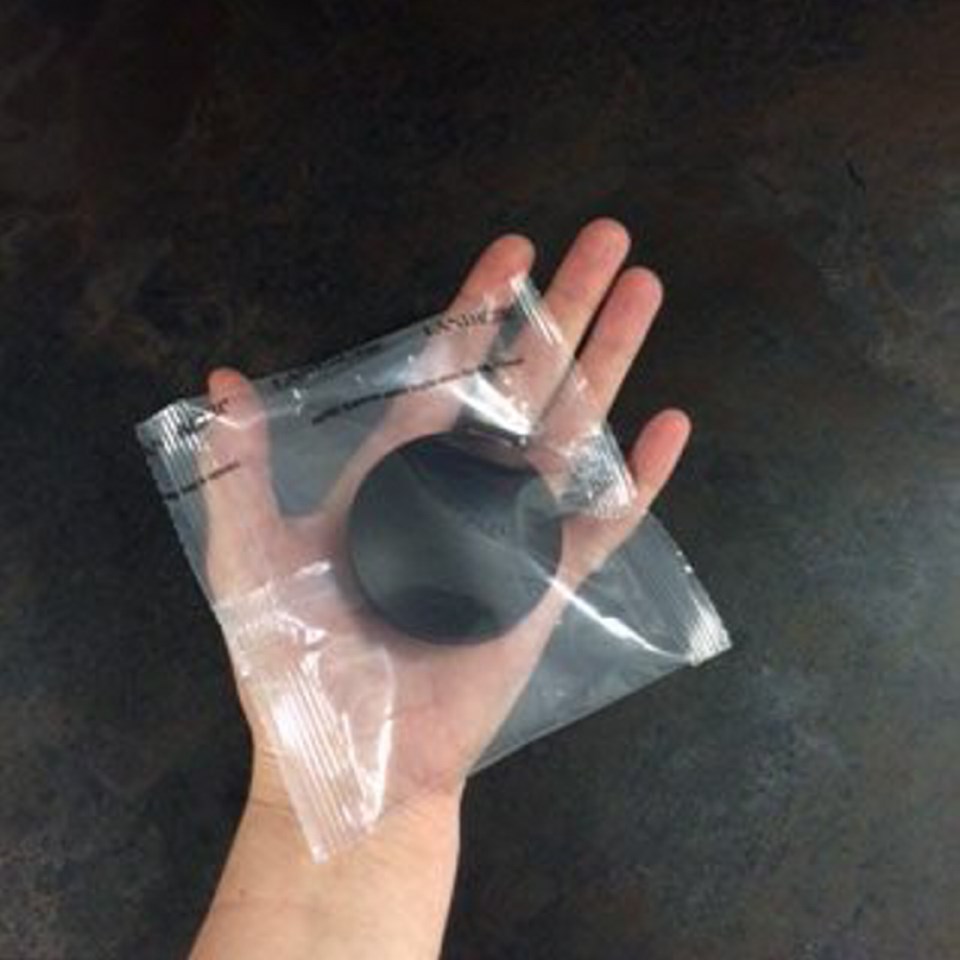Homeowners worry about a lot of things, but cancer-causing radon gas seeping inside from the natural decay of uranium in nearby rocks and soil might not top their list.
To get a read on the risk radon poses to capital region residences, the Canadian Cancer Society is seeking 200 more homes — 100 in Gordon Head and another 100 in Colwood — to take part in a testing program to begin in October.
“There has been only limited testing done on Vancouver Island,” said Christina McLean, health promotion co-ordinator with the society’s B.C. and Yukon division. Another 150 homes in the region have already signed up, along with nearly 175 homes in Nanaimo.
“Health Canada estimates that approximately 16 per cent of lung cancer deaths are attributed to radon — 3,200 deaths in 2015,” McLean said.
However, she stressed that was due to long-term exposure at sites with high levels of the gas. Radon is the leading cause of lung cancer in people who have never smoked.
“We know there is a geological potential for radon in any home, the age of the home is not a factor,” she added.
Participants require a computer, but otherwise, just have to agree to have a device the size of a hockey puck placed in a regularly-used room of the house for at least three months.
A ground-level bedroom or living room is best for testing for the odourless, colourless gas.
“We would deliver a test kit directly to the homeowner,” she said. “Participants would register the detector online and the lab will send back their readings, leaving it up to homeowners to decide what to do next should the readings suggest a need for mitigation.”
A two-year study of 14,000 homes nationwide conducted by Health Canada in 2009 found 6.9 per cent had high levels of radon.
“There are no areas of the country that are ‘radon free,’ but there are areas where high levels of indoor radon are more prevalent.” A 2012 cross-Canada survey found those to be in Manitoba, Saskatchewan, New Brunswick and Yukon.
“No matter where your home is located, the only way to know if it has a high level of radon is to test. Almost all homes have some radon. The levels can vary dramatically even between similar homes located next to each other,” according to the Health Canada website.
The same survey, conducted in 2009-11, found only 1.8 per cent of homes on South Vancouver Island exceeded Health Canada’s guideline for radon, but only 55 homes were tested.
In January 2015, the B.C. Lung Association released results of two concentrated testing projects in Prince George and Castlegar which found radon levels higher than twice the amount estimated by the 2012 survey for the same health regions.
That prompted the Cancer Society to conduct a more concentrated test on the Island.
“The Canadian Cancer Society is looking to enlarge the knowledge base,” McLean said.
To sign up, residents can email [email protected] or [email protected].
Radon and your home
Radon gas can enter a dwelling at any opening where the building contacts soil with naturally occurring uranium.
Cracks in a poured concrete foundation are one of the most likely sources for direct contact with the ground.
“For most of the year, the air pressure inside your home is lower than the pressure in the soil surrounding your foundation. This difference in pressure can draw air and other gases in the soil, including radon, into the house,” according to the Health Canada website.
Other potential entry points include areas with exposed soil or rocks, openings for utility fixtures or hollow objects such as support posts. Granite countertops are OK even though they may contain natural uranium.
A 2010 study of 33 types of granite commonly used for countertops found they did not have significant levels of radon.
For more information, go to hc-sc.gc.ca/ewh-semt/radiation/radon/index-eng.php
Source: Health Canada



